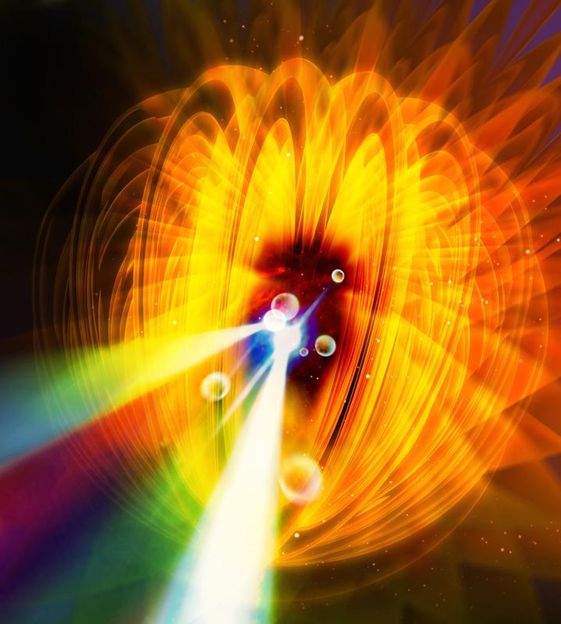Micro labs control chemical processes from the inside
Electronically controlled reactions
Autonomous micro labs the size of cells that monitor chemical systems from the inside – pure fiction, as yet. But several crucial steps have been taken.
Lablet, is the name Prof Dr John McCaskill from the Ruhr-Universität Bochum has given to the microscopic electronic component that he has been developing in the recent years, together with numerous partners. As researcher at the Faculty of Chemistry and Biochemistry, he heads the EU project “Microscopic Chemically Reactive Electronic Agents”.
The international team aims at electronically controlling chemical reactions from the inside, rather than aiding them via large interface structures from the outside. “Just imagine what a chemist could achieve if he was as small as a cell,” says McCaskill.
Electrodes control chemistry via voltage signals
Developed in the course of the project, the tiny labs, also called lablets, are 140 x 140 x 60 micrometres small. They have the capacity of controlling various chemical reactions in aqueous solutions and absorbing information from their environment. To this end, they are equipped with electronics and microscopic electrodes.
A voltage applied to the electrode can supply the energy required for initiating a chemical reaction. Different voltages cause different reactions – which ones depends on the previous history and, for example, the molecules available in the environment.
The researchers have developed a supercapacitor for the micro labs that currently provides energy for autonomous operation for about 20 minutes. For recharging and programming, the lablets have to bind to a smart surface.
Micro labs designed with the capacity to evolve
When designing the lablets, the chemists have taken several cues from nature. They are set up in such a way that they can transfer their programming to other units by passing along a sequence of voltage signals. One day, the lablets should be able to pair up autonomously and acquire the capability to evolve. The project team is now working at full stretch at integrating all functions developed so far in one single micro lab.
Other news from the department science

Get the chemical industry in your inbox
By submitting this form you agree that LUMITOS AG will send you the newsletter(s) selected above by email. Your data will not be passed on to third parties. Your data will be stored and processed in accordance with our data protection regulations. LUMITOS may contact you by email for the purpose of advertising or market and opinion surveys. You can revoke your consent at any time without giving reasons to LUMITOS AG, Ernst-Augustin-Str. 2, 12489 Berlin, Germany or by e-mail at revoke@lumitos.com with effect for the future. In addition, each email contains a link to unsubscribe from the corresponding newsletter.




























































